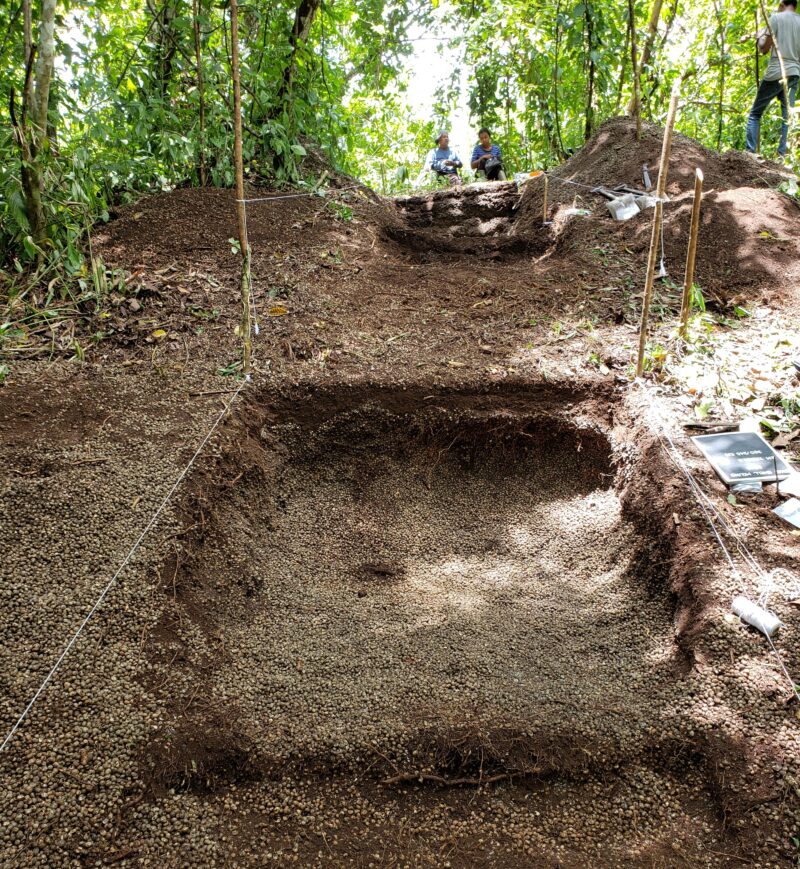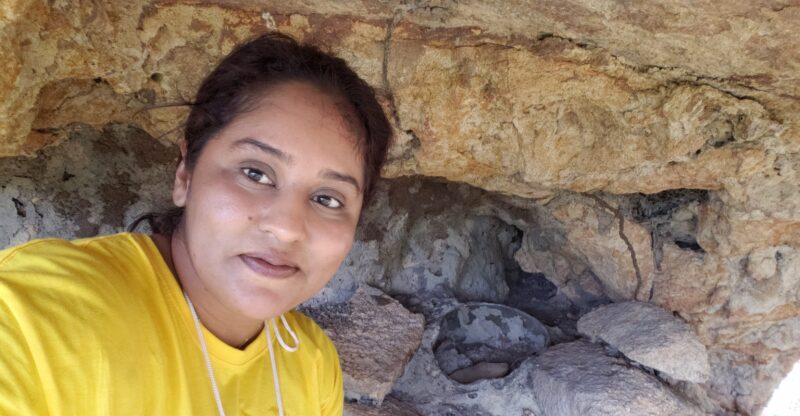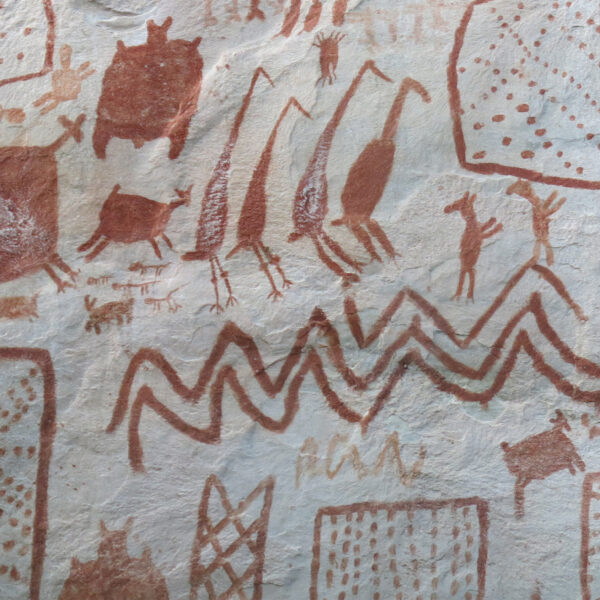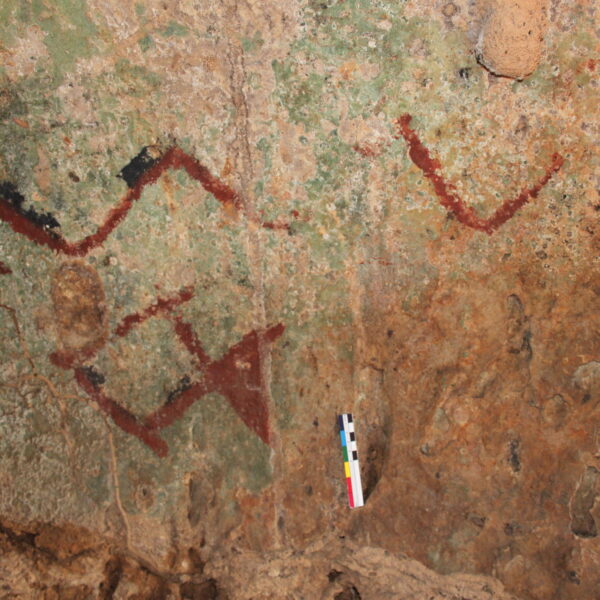It has been argued, for example, that shoreline movement 7,200 to 6,000 years ago led to environmental instability that then resulted in significant dietary shifts in community foodways. In order to study these changes, Dr. Matt Khon from Boise State University analysed oxygen and carbon isotopes on compositions of human bone, human teeth and local faunal remains from coastal shell mound sites. The minor changes detected will act as proxies for the general environmental changes in the area.
The materials studied originate from 9 shell mounds and have been radiocarbon dated between 7,500 and 2,600 years ago. The time span represented by the majority of the dated material from these locations falls within a period referred to as the Holocene climatic optimum (HCO), which is characterised by a climatic warming that occurred 8,000–5,000 years ago. Through these analyses, this project aims to assess the degree of dietary consistency for local inhabitants and the degree of impact of environmental changes in archaic Guyana.

This project examined shell deposits located on the coastal plains of the Northwestern district of Guyana, one of the main occupation sites of the prehistoric Warrau people. From the extensive shell mounds left behind, we can deduce that exploitation of marine resources began at least 7,200 years ago. Presently, the coastal littoral, where these mounds are located, is characterised by vast rivers, creeks and tributaries, swamps and marsh forests. Through pollen analysis, we know that the vegetation has changed quite a bit. Between 6,000 and 4,000 years ago mangroves, palms and open grasses dominated the landscape.
Moreover, the diversity of prehistoric foodways can be observed in the stratigraphy of these Warrau shell mounds. Marine species range from mollusks, including the small striped snail, to clams, oysters, crab and fish remains. As such, there appears to be a heavy reliance on the sea for nourishment.

Our most recent results show that the diet of the populations sampled was dominated by C3 vegetation and they indicate that these populations used resources from an open canopy environment. In addition, that there is some constancy in C3 plant availability during the past several thousand years, though we note increasing reliance on such plants beginning in the Early Holocene. This is supported by other studies which show that there were a series of dry periods in the central Amazon basin and South America during the early and Mid- Holocene.
In the future, this study aims to have better insight into the changing foodways and environments of coastal Guyanese prehistoric communities. In this way, we can better understand human adaptations to climate change, which is particularly pertinent to today’s societies.

